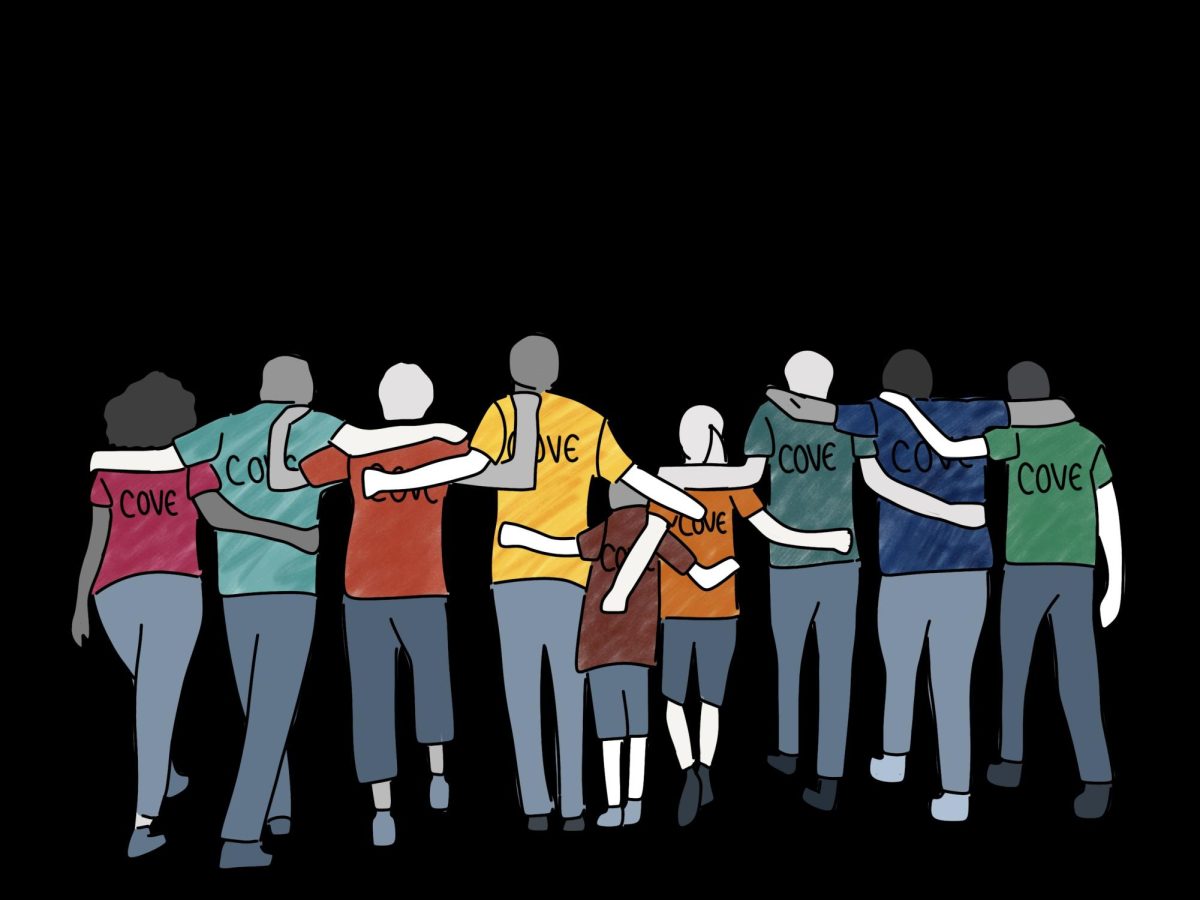As someone who prefers ice-cold water, I know the battle to find it here at Colgate University is real. The water from all drinking fountains on campus is lukewarm — which doesn’t work for me. Therefore, every night before going to bed I walk from my Burke Hall dorm room to Frank Dining Hall just to have ice in my water bottle. I realize I’m being dramatic about refusing to drink the lukewarm water in my dorm, but Colgate could easily install ice machines in the dormitories to benefit all students.
One of the most obvious reasons for having ice machines in dorm buildings is their sheer practicality. Students at Colgate have busy lives, and the ability to quickly access ice can make everyday tasks easier. For example, I could save time by not having to walk to Frank in my pajamas to get ice before bed. Instead, I could just walk down the hall, eliminating the walk to Frank. Not every student has the luxury of having a refrigerator with a built-in ice maker, and using ice trays can be a struggle and time-consuming. Ice machines in dorms provide a time-saving option and make dorm life more convenient.
Ice is not only beneficial for students who prefer it in their water, but it’s also beneficial for student-athletes who frequently deal with injuries. Many of my friends who are athletes often have to trek down to the Reid Athletic Center to ice their injuries or take ice baths. To be clear, I’m not suggesting dorms install bathtubs for this purpose — just ice machines! For student-athletes, having ice readily accessible in dorms could be essential. Athletes frequently need ice packs for muscle soreness or to treat injuries after practice, and having easy access to ice can mean getting care quickly instead of having to walk all the way down the hill to Reid.
I personally want ice machines in dorm buildings because they are convenient, but they also provide major health benefits. Ice machines improve students’ general health by urging them to stay hydrated. Many students, in my experience, prefer to drink water when it is cold rather than lukewarm, which is unfortunately what most of the Colgate drinking fountains have to offer. This becomes important considering that dehydration happens to so many college students due to their busy lives balancing social and academic commitments. Dehydration can cause weariness, dizziness and poor concentration, all of which can affect academic performance. Who knows, maybe if we start seeing ice machines in dorms, Colgate students’ grades could even improve in return!
Another advantage of installing ice machines in dorms is the significant impact on sustainability it would have on the campus. I know that many students frequently purchase ice in plastic bags from Price Chopper, which isn’t sustainable because of all the plastic used to hold the ice. Ice machines on campus would get rid of these purchases which aligns with Colgate’s goal of minimizing its environmental impact. Colgate is committed to reducing waste and has goals, such as achieving a zero-waste and plastic-free campus by 2030. Providing ice machines would reduce the need for students to buy ice in plastic bags from the store, which contributes to plastic waste.
Plus, in the long run, ice machines may prove to be a more cost-effective alternative. As mentioned briefly, students would not need to invest in mini-fridges with ice makers, which would save them money. As more schools focus on being eco-friendly, Colgate could lead the way by cutting costs and promoting environmental responsibility through such initiatives.
Colgate installing ice machines in dorms could be the game-changer students never knew they needed. It would save time, support student-athletes, improve hydration and align with sustainability efforts Colgate is striving for in their third-century plan. Plus, it would spare me from my nightly ice quest to Frank just for ice water.



















Rich Hope • Sep 21, 2024 at 10:19 am
I see that Home Depot sells a counter-top ice maker for about $60. Supposedly, it makes about 20lbs of ice a day. Why pester the college?
When I was there, the drinking age was 18. The last thing the Dean was worried about was that we were under-hydrated.